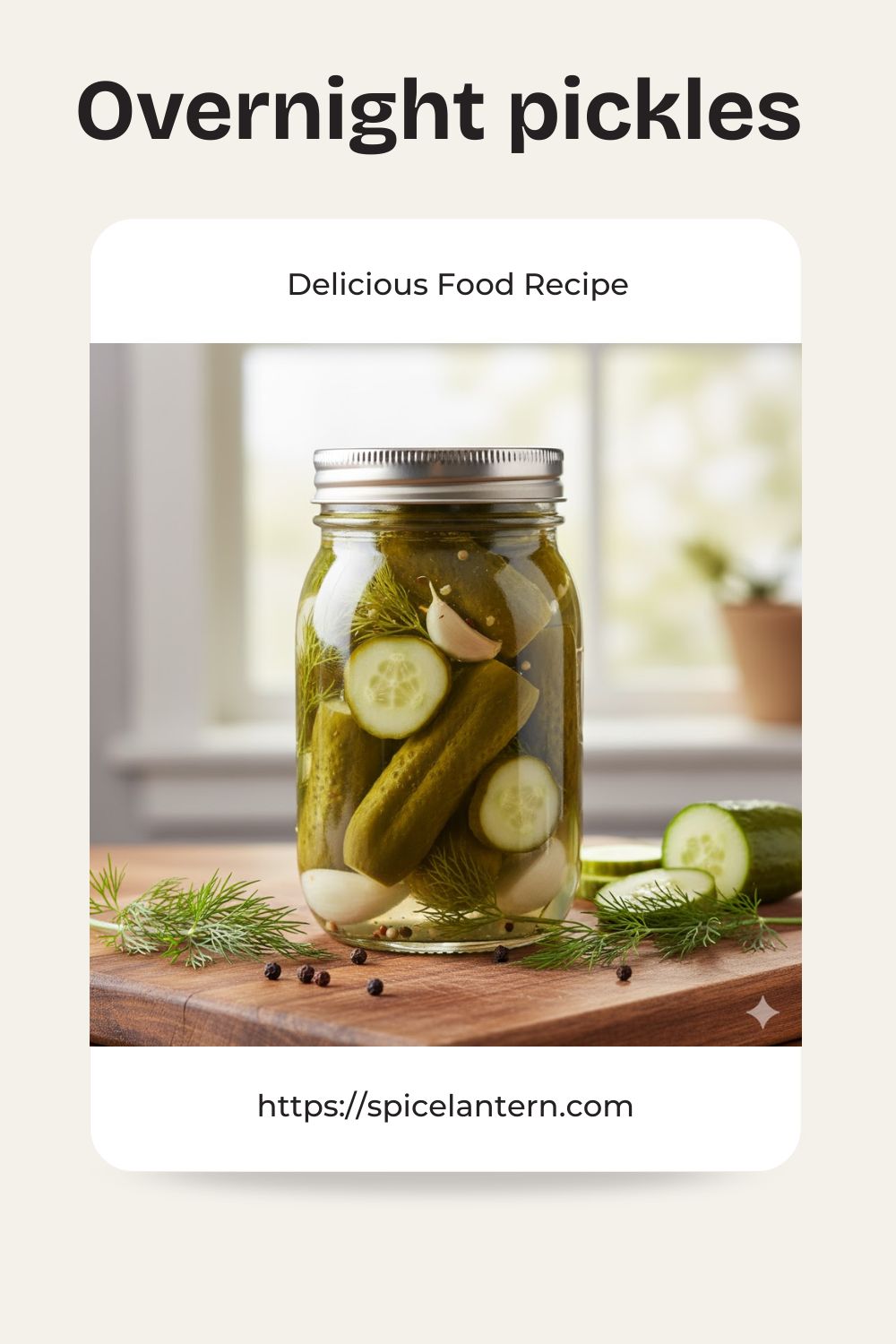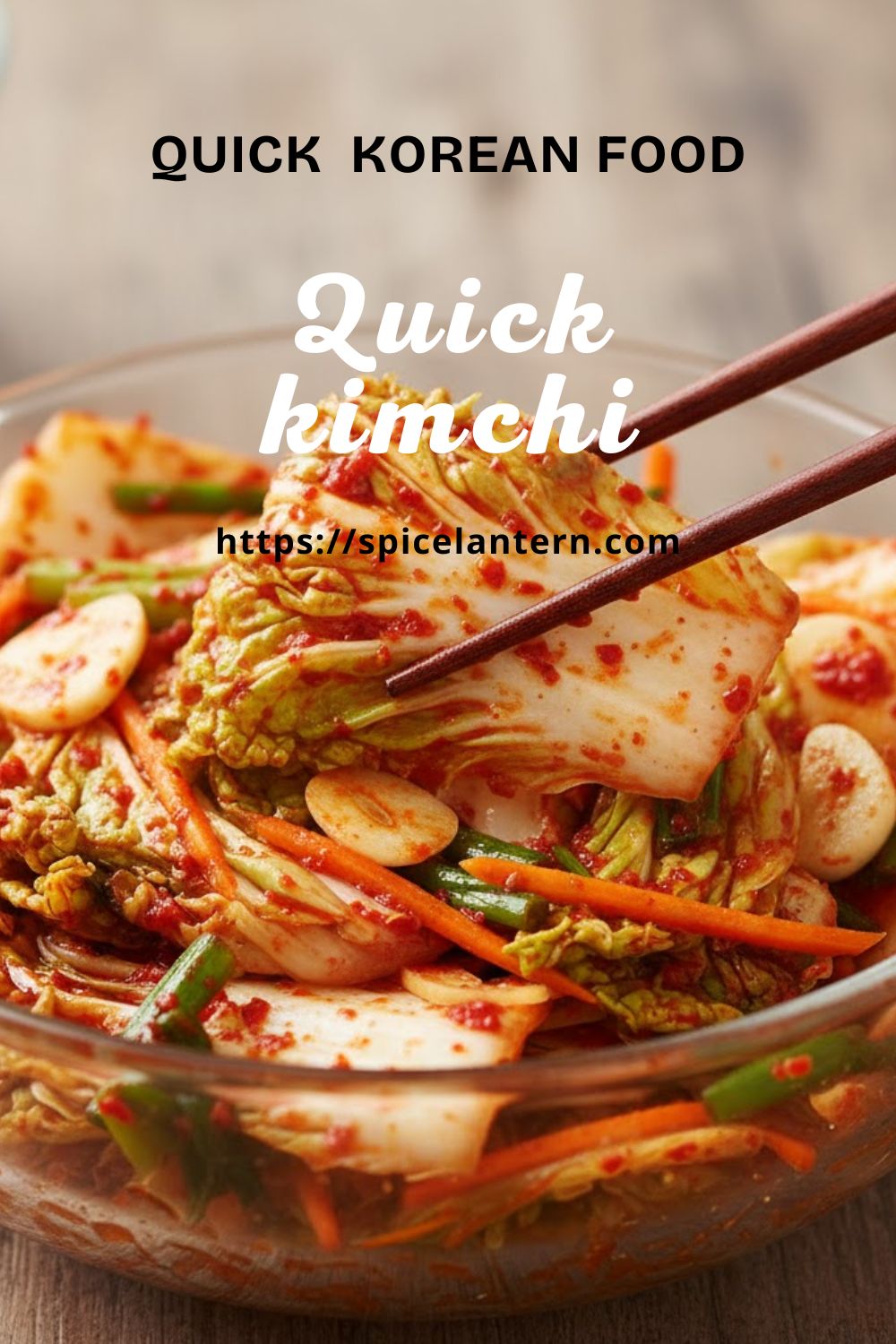Skip the Slow Cooker: Your Guide to Hasty Amazake (Sweet Rice Drink in 8 Hours)
Let’s talk about Amazake. It’s the incredibly sweet, thick, non-alcoholic Japanese rice drink often called “drinkable IV” because it’s packed with goodness. Traditionally, this miracle involves slow-cooking rice and Koji mold for up to 14 agonizing hours in a temperature-controlled environment. Who has all day for that? I cracked the code to Hasty Amazake, using an appliance you probably have for a fraction of the time. This method cuts the primary conversion period down to about 8 hours—and the hands-on time is minimal. You want the superfood benefits and the natural sweetness without dedicating your entire day to a rice porridge? I got you.
Why This Recipe Is Awesome (It’s Natural, Sweet Energy)
This isn’t just a trendy drink; it’s a naturally sweet, versatile culinary base. You need this recipe because:
- Natural Sweetness: Amazake gets its intense sweetness purely from the Koji enzymes breaking down the rice starch into simple sugars (glucose). No added sugar required! It’s guilt-free sweetness, IMO.
- Gut Health Guru: Since Koji is a type of mold used for fermentation, the final product is great for your gut. It’s packed with enzymes and B vitamins that many people call a total energy booster.
- The Appliance Hack: We ditch the finicky slow cooker/yogurt maker method and use a common appliance that holds a constant low temperature perfectly. Why buy another single-use gadget when you can hack a dual-purpose one?
Ingredients: The Starch and the Starter
The ingredient list is minimal, but the star is the Koji. Don’t substitute this!
- 1 cup Cooked Rice (Japanese Short Grain or Sushi Rice): It must be fully cooked and then cooled. Japanese short-grain rice works best.
- 1 cup Rice Koji (Dried or Fresh): MANDATORY. This is rice inoculated with Aspergillus oryzae (Koji mold). You can find it frozen or dried at Asian grocery stores or online.
- 1 ½ cups Filtered Water: To create the proper porridge consistency for the enzymes to work their magic.
Key Substitutions:
- Rice: You can use other cooked grains like millet or quinoa, but check that they are fully cooked and cooled. The flavor will change.
- Koji: DO NOT SUBSTITUTE. Koji mold contains the specific enzymes (amylase) needed to convert starch to sugar. This is non-negotiable.
- Water: Use water that is low in chlorine. Boiled and cooled tap water works fine if you don’t have a filter.
Tools & Kitchen Gadgets Used: Your Low-Temp Lab
We need sustained, low, gentle heat. Your Instant Pot (or a similar multi-cooker) is the ultimate cheat code here.
- Instant Pot or Multi-Cooker (with “Keep Warm” or “Yogurt” setting): The best hack for holding a low, stable temperature (130-140°F / 55-60°C).
- Digital Food Thermometer: ABSOLUTELY ESSENTIAL! Koji enzymes die above 140°F (60°C). You must monitor the temperature.
- Small Bowl: For mixing the ingredients.
- Spoon or Whisk: For mixing.
- Immersion Blender (Optional): For blending the final product into a smooth drinkable texture.
Step-by-Step Instructions: The Enzyme Engine
This is low-temperature brewing. Work cleanly and quickly.
Step 1: Cook and Cool the Rice (Active Time: 5 Minutes)
- Cook the Rice: Cook your rice until it is soft and slightly sticky (like normal sushi rice).
- Cool Down: Transfer the cooked rice to a bowl and let it cool down quickly. Use your thermometer to ensure the temperature drops to between 130°F and 140°F (55–60°C). This is the narrow Goldilocks zone: too hot, you kill the enzymes; too cold, lactic acid bacteria grow, making it sour.
Step 2: Mix and Hydrate (3 Minutes)
- Crumble the Koji rice into the bowl with the cooked rice.
- Add the filtered water. Mix thoroughly with a spoon, breaking up any large clumps of cooked rice. You want a consistent, porridge-like slurry.
- Transfer to the Pot: Scoop the entire mixture into the inner pot of your Instant Pot or multi-cooker.
Step 3: The Hasty Incubation (8-10 Hours)
- Set the Temp: Place the pot in your Instant Pot. Use the “Yogurt” function (set to the lowest temperature if customizable, usually around 100-110°F/38-43°C) or, even better, the “Keep Warm – Less” setting if your model has it. You are trying to maintain the 130–140°F zone.
- Monitor Early: Check the temperature frequently during the first hour. If it spikes above 140°F (60°C), crack the lid slightly to vent heat.
- The Wait: Incubate for 8–10 hours. Stir the mixture once or twice during the process to ensure even temperature distribution.
Step 4: Taste and Halt (The Sweet Stop) (5 Minutes)
- After 8 hours, taste the mixture. It should be noticeably, intensely sweet, with a slightly pudding-like texture and a pleasant, sweet aroma.
- Halt the Enzymes: When the sweetness is to your liking, the process is done! Immediately bring the entire mixture to a boil in a saucepan for 5 minutes. CRITICAL: Boiling the amazake denatures (kills) the Koji enzymes, preventing it from getting sour or breaking down further.
- Cool and store!
Calories & Nutritional Info: The Sweet Details (Estimated)
These are estimates for a 1/2 cup serving of the un-diluted Amazake base.
- Calories per serving (1/2 cup base): ~100-140 calories
- Carbohydrates/Sugar: ~20-30g (Purely natural glucose/maltose converted from starch.)
- Protein: ~2-4g
- Enzyme Rich: High in amylase enzymes (pre-boil) and B vitamins, particularly beneficial for energy.
- Note: Amazake is naturally non-alcoholic (less than 1% ABV) if made with rice koji, as the temperature is too low for yeast to thrive.
Common Mistakes to Avoid: The Koji Killers
This is enzyme science, so follow the temperature rules closely!
- Overheating (The Koji Killer): Never let the temperature exceed 140°F (60°C). Koji enzymes are sensitive and will die, stopping the sweetness conversion and leaving you with rice porridge. Monitor with a thermometer!
- Too Cold: If the temperature dips below 125°F (50°C), the enzymes slow drastically, and lactic acid bacteria can grow, resulting in a sour-tasting batch. Use an insulated vessel or an appliance like the Instant Pot.
- Using Raw Rice: The rice starch must be fully cooked for the enzymes to access and break down the molecules. Do not use raw rice!
- Forgetting to Boil at the End: If you skip the boiling step, the Koji enzymes remain active, and the amazake will continue to ferment in the fridge, getting sweeter and then eventually sour (as the sweetness runs out).
Variations & Customizations: Your Sweetness Lab
Amazake is a fantastic blank slate. You can use it as a thick base for drinks or desserts.
- Gingery Hot Drink: Dilute the finished Amazake base with equal parts hot water or milk and stir in 1 teaspoon of grated fresh ginger. Serve warm as a soothing nightcap.
- Smoothie Sweetener: Blend the finished Amazake base with berries, spinach, and ice instead of using honey or sugar in your usual smoothie recipe. It acts as a perfect natural sweetener.
- Amazake Ice Cream Base: Use the blended Amazake base as the sweetener and thickener for your homemade dairy-free ice cream. Its texture is ideal for freezing.
FAQ Section: The Sweet Drink Science
You’ve successfully made a fermented drink without the alcohol. Here’s how it works.
Q1: Does Amazake contain alcohol?
A: Amazake made with Rice Koji is naturally non-alcoholic (less than 1% ABV). The temperature required for Koji enzyme activity (130-140°F) is too high for alcohol-producing yeast to survive.
Q2: What does Amazake taste like?
A: It has a naturally rich, sweet flavor often described as milky, slightly malty, or similar to horchata or rice pudding, but without any added sugar.
Q3: Where can I buy Rice Koji?
A: Look for Rice Koji (Kome-Koji) in the refrigerated or dried goods section of Japanese or large Asian grocery stores. You can also easily find it online.
Q4: What makes the Amazake so sweet?
A: The Koji mold contains powerful enzymes (amylase) that break down the long-chain starches in the cooked rice into simple, easy-to-digest sugars like glucose and maltose.
Q5: Can I use a slow cooker instead of an Instant Pot?
A: Yes, but monitor closely! You must find a low setting that keeps the temperature constantly between 130–140°F (55–60°C). Many slow cookers run too hot, which will kill the Koji.
Q6: Do I have to boil the Amazake at the end?
A: Yes, if you plan to store it long-term. Boiling denatures the active enzymes, stopping the fermentation. If you skip this, the Amazake will get increasingly sour over a few days in the fridge.
Q7: Should I blend the finished Amazake?
A: That’s entirely personal preference. Blending it creates a smooth, creamy texture perfect for drinks. Leaving it unblended results in a thick, porridge-like texture, traditional for eating with a spoon.
Final Thoughts: The Sweet Taste of Efficiency
You just transformed rice into pure, natural sweetness in under half a day. You mastered Hasty Amazake and earned yourself a spot in the elite club of fast fermenters. Go ahead, take a sweet, creamy sip. You’ll never need a sugary syrup again.







